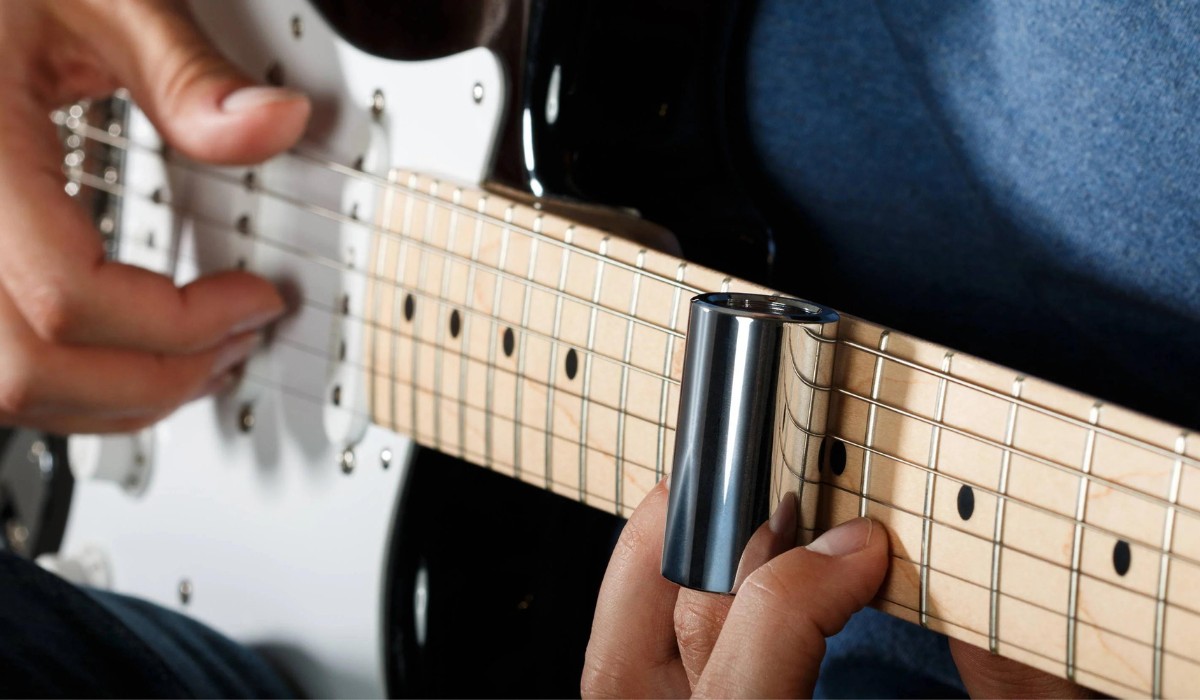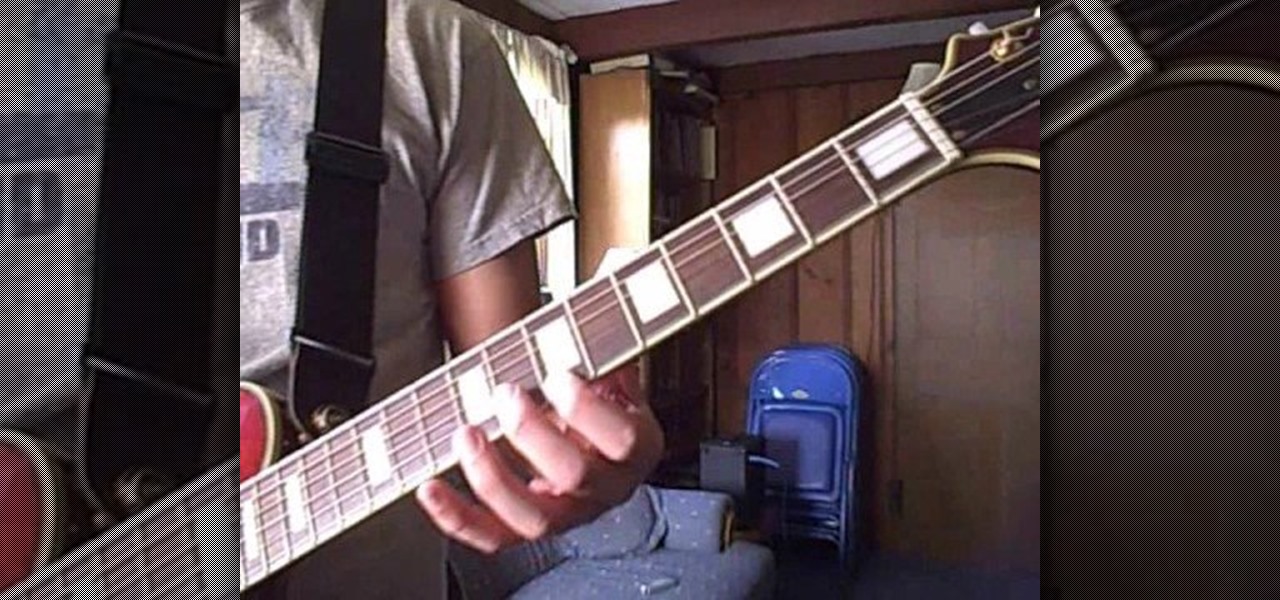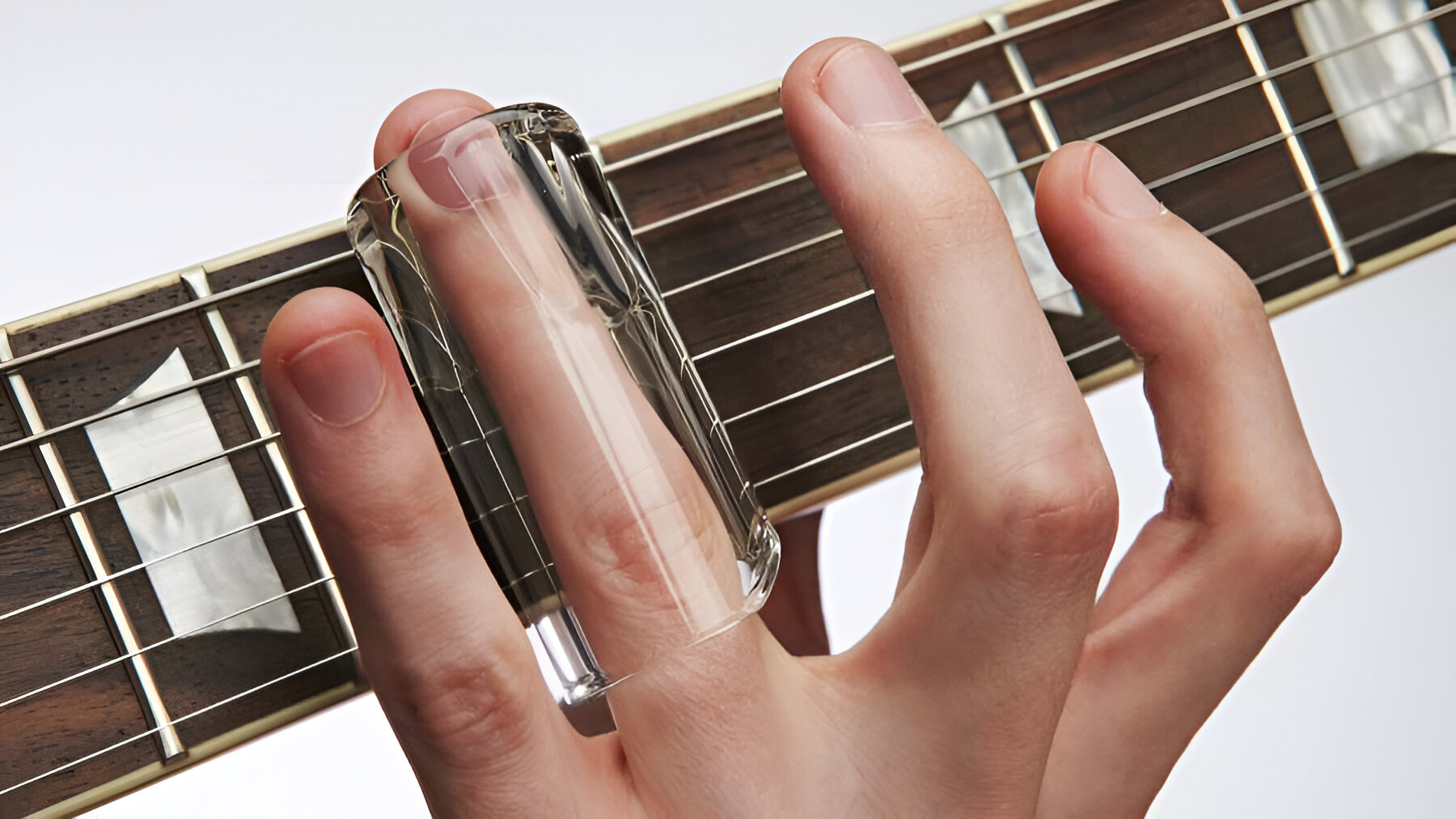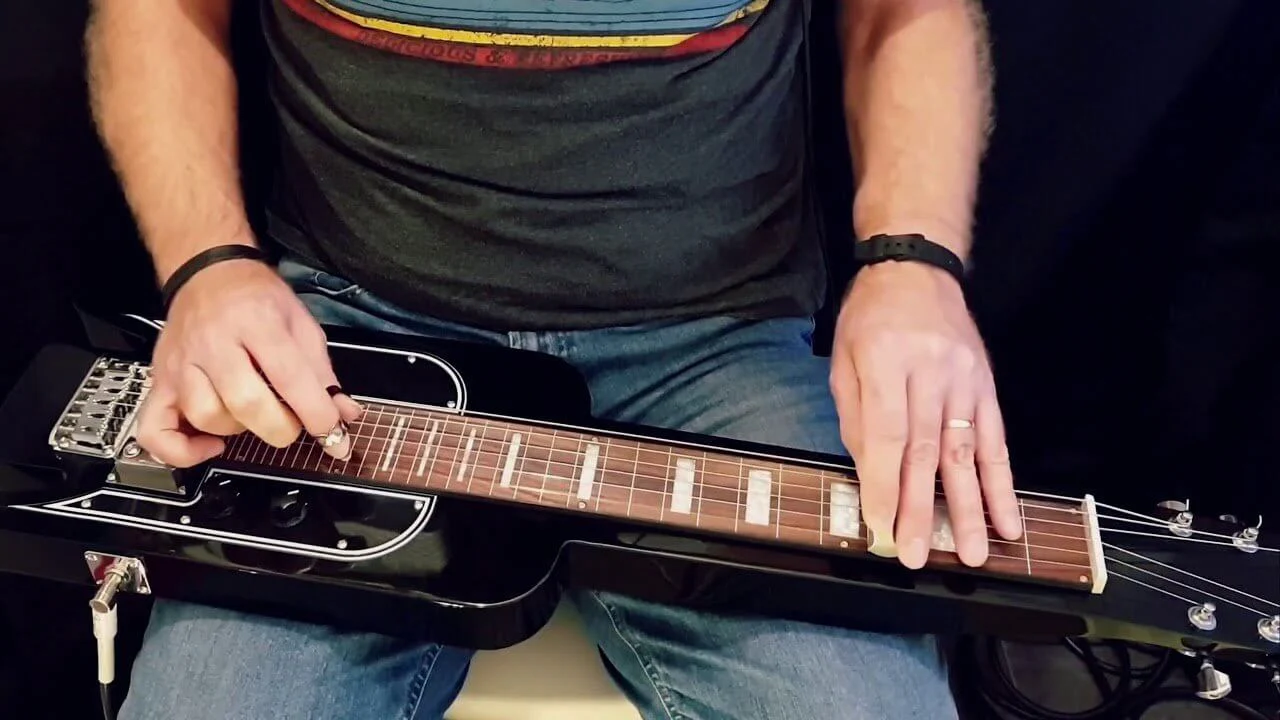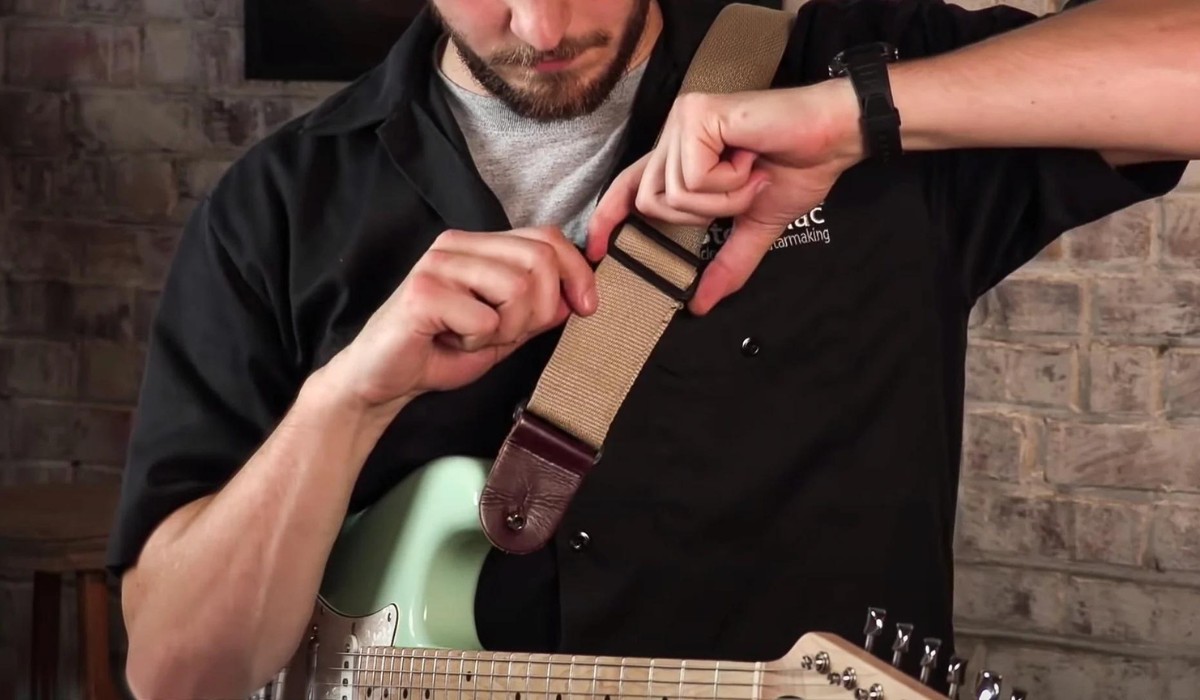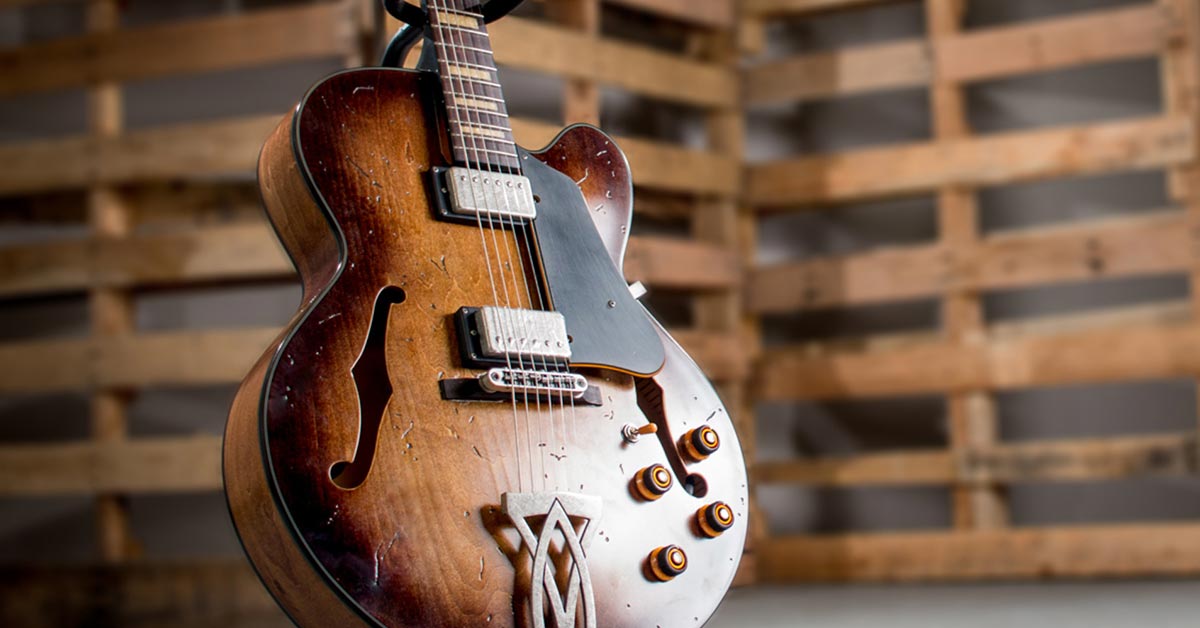Introduction
So, you've been to a concert or watched a music video, and you've seen a guitarist unleash a mesmerizing flurry of notes, creating a sound that seems almost otherworldly. You can't help but wonder, "What's it called when someone slides their hand down the electric guitar?" This captivating technique is known as "slide guitar," and it's a hallmark of the blues and rock genres, infusing the music with soulful, emotive tones that resonate with listeners on a profound level.
The slide guitar technique involves using a smooth, hard object, often a metal or glass tube called a "slide," to glide across the strings of the guitar, producing a distinctive, ethereal sound. This technique has been a defining element in the music of legends such as Duane Allman, Derek Trucks, and Bonnie Raitt, and it continues to captivate audiences worldwide.
In this article, we'll delve into the fascinating history of the slide guitar technique, explore how it's performed, and highlight some of the most influential guitarists who have mastered this mesmerizing art. Whether you're an aspiring guitarist eager to learn this technique or a music enthusiast seeking to deepen your appreciation for the craft, join us on this journey to uncover the magic behind the slide guitar.
The Technique: What’s It Called?
The technique of sliding a hand down the electric guitar strings, known as “slide guitar,” is a mesmerizing art form that adds a unique dimension to music. The slide, typically made of metal or glass, is worn on one of the guitarist’s fingers and is used to glide along the strings, producing haunting, emotive tones. This technique is also referred to as “bottleneck guitar” due to the historical use of actual bottleneck necks as slides.
What sets slide guitar apart is the ability to seamlessly glide between notes, creating a smooth and fluid sound that is distinct from conventional fretting. This results in a vocal-like quality, with the notes expressing a soulful and evocative character. The technique is often associated with blues and rock music, where it adds a layer of emotional depth to the melodies.
Slide guitarists employ a variety of techniques to elicit different sounds from their instrument. From subtle vibratos to powerful, sustained notes, the slide offers a wide range of sonic possibilities. This versatility allows for a rich and expressive musical experience that resonates deeply with audiences.
As we explore the history of this technique, we will uncover the evolution of slide guitar and its enduring impact on the world of music.
History of the Technique
The history of the slide guitar technique is deeply rooted in the musical traditions of the American South, particularly in the blues genre. Its origins can be traced back to the late 19th and early 20th centuries, where African American musicians in the Mississippi Delta region began using household objects, such as knives and glass bottles, to slide along the guitar strings, creating a distinctive and haunting sound.
One of the earliest recorded instances of slide guitar can be found in the playing of blues pioneer Sylvester Weaver, whose 1923 recording “Guitar Blues” showcased the mesmerizing slide technique. This marked the beginning of a musical revolution, as slide guitar became a defining element of the blues, adding an unparalleled depth of emotion to the music.
As the blues migrated from the rural South to urban centers, the slide guitar technique gained prominence in the burgeoning world of recorded music. Legendary blues artists such as Robert Johnson, Son House, and Blind Willie Johnson further popularized the technique, cementing its status as a cornerstone of the blues tradition.
Simultaneously, the slide guitar found its way into the realm of gospel music, where it contributed to the soul-stirring, spiritual sound that defined the genre. The haunting, ethereal tones of the slide guitar became synonymous with the expression of deep emotions and profound experiences, making it an indispensable tool for musicians seeking to convey the essence of the human condition.
With the rise of electric blues in the mid-20th century, the slide guitar technique underwent a transformation, adapting to the amplified sound of electric guitars. This evolution led to the emergence of iconic slide guitarists such as Elmore James, whose electrifying performances propelled the technique into the spotlight and influenced generations of musicians to come.
As we delve deeper into the history of slide guitar, we uncover a rich tapestry of cultural influences, musical innovation, and the enduring legacy of an art form that continues to captivate audiences around the world.
How to Perform the Technique
Mastering the slide guitar technique requires precision, control, and a deep understanding of the instrument. To begin, the guitarist wears the slide on one of their fingers, typically the pinky or ring finger, allowing the other fingers to remain free for fretting and plucking the strings. The choice of slide material, whether metal, glass, or other substances, can significantly influence the tone and feel of the technique.
When executing the slide guitar technique, the guitarist approaches the instrument with a unique mindset, embracing the fluidity and expressiveness that define the art form. Instead of pressing the strings against the fretboard, as in traditional fretting, the slide is used to glide along the strings, creating seamless transitions between notes and evoking a vocal-like quality.
One of the fundamental aspects of slide guitar technique is intonation control. The guitarist must precisely position the slide over the desired fret to produce accurate pitches, all while maintaining a smooth and consistent motion along the strings. This demands a delicate balance of pressure and touch, allowing for nuanced variations in tone and vibrato.
The slide guitarist also employs techniques such as string damping, where the unused strings are lightly muted to prevent unwanted resonance, and open tunings, which alter the standard tuning of the guitar to accommodate the slide’s unique approach to playing. These techniques contribute to the distinctive sound and versatility of the slide guitar.
Furthermore, the slide guitarist must develop a keen sense of phrasing and expression, infusing each note with emotion and purpose. By leveraging techniques such as slides, bends, and harmonics, the guitarist can imbue their playing with a soulful and evocative character, captivating listeners with the depth and richness of their musical storytelling.
Aspiring slide guitarists embark on a journey of exploration and experimentation, honing their skills through dedicated practice and a deep appreciation for the expressive potential of the instrument. The mastery of slide guitar technique is a testament to the artistry and dedication of musicians who seek to harness its captivating power.
Notable Guitarists Who Use This Technique
The slide guitar technique has been embraced and elevated by a myriad of influential guitarists across various genres, leaving an indelible mark on the world of music. These virtuosos have demonstrated the boundless potential of the slide guitar, captivating audiences with their expressive performances and innovative approaches to the instrument.
- Duane Allman: Renowned for his work with the Allman Brothers Band, Duane Allman’s mastery of slide guitar left an enduring legacy. His soulful and impassioned playing on tracks such as “Statesboro Blues” and “Layla” showcased the emotive power of the slide guitar.
- Derek Trucks: A modern luminary of slide guitar, Derek Trucks has mesmerized audiences with his exceptional technique and profound musicality. As a member of the Tedeschi Trucks Band and his own outfit, Trucks’ expressive playing has redefined the boundaries of the slide guitar tradition.
- Bonnie Raitt: A trailblazing figure in the world of blues and rock, Bonnie Raitt has wielded the slide guitar with unparalleled grace and artistry. Her emotive and soul-stirring performances on songs like “I Can’t Make You Love Me” have solidified her status as a slide guitar icon.
- Son House: A legendary figure in the Delta blues tradition, Son House’s raw and haunting slide guitar playing epitomized the emotional depth of the genre. His recordings, including “Death Letter Blues,” stand as timeless testaments to the power of the slide guitar.
- Ry Cooder: Known for his eclectic musical explorations, Ry Cooder’s innovative approach to slide guitar has left an indelible imprint on the world of roots music. His evocative slide playing on tracks like “Paris, Texas” has inspired generations of musicians.
These guitarists, among countless others, have harnessed the evocative potential of the slide guitar, pushing the boundaries of musical expression and captivating audiences with their soul-stirring performances. Their contributions have solidified the slide guitar as a timeless and indispensable element of the musical landscape.
Conclusion
The slide guitar technique stands as a testament to the boundless creativity and emotive power of music. From its humble origins in the Mississippi Delta to its enduring presence in contemporary genres, the slide guitar has woven a rich tapestry of soul-stirring melodies and evocative storytelling.
As we’ve ventured into the realm of slide guitar, we’ve unraveled the technique’s captivating allure and explored the profound impact it has had on the world of music. From the haunting wails of Son House to the transcendent performances of contemporary virtuosos, the slide guitar has left an indelible mark on the hearts and ears of listeners worldwide.
Whether it’s the searing intensity of a blues solo or the ethereal beauty of a ballad, the slide guitar technique continues to captivate and inspire, inviting musicians and audiences alike to embark on a journey of emotive exploration. Its ability to convey raw emotion and profound storytelling transcends language and culture, speaking directly to the human experience.
As we celebrate the luminaries who have elevated the slide guitar to unparalleled heights, we also recognize the countless aspiring musicians who continue to embrace and innovate this timeless technique. Their dedication and artistry ensure that the soulful resonance of the slide guitar will echo through the annals of music history, enriching the lives of all who lend their ears to its haunting melodies.
So, the next time you witness the mesmerizing sight of a guitarist sliding their hand down the electric guitar, remember the centuries of tradition, innovation, and impassioned storytelling that have shaped this remarkable technique. The slide guitar is not merely an instrument—it is a conduit for the human spirit, a vessel for unspoken emotions, and a timeless emblem of musical expression.







